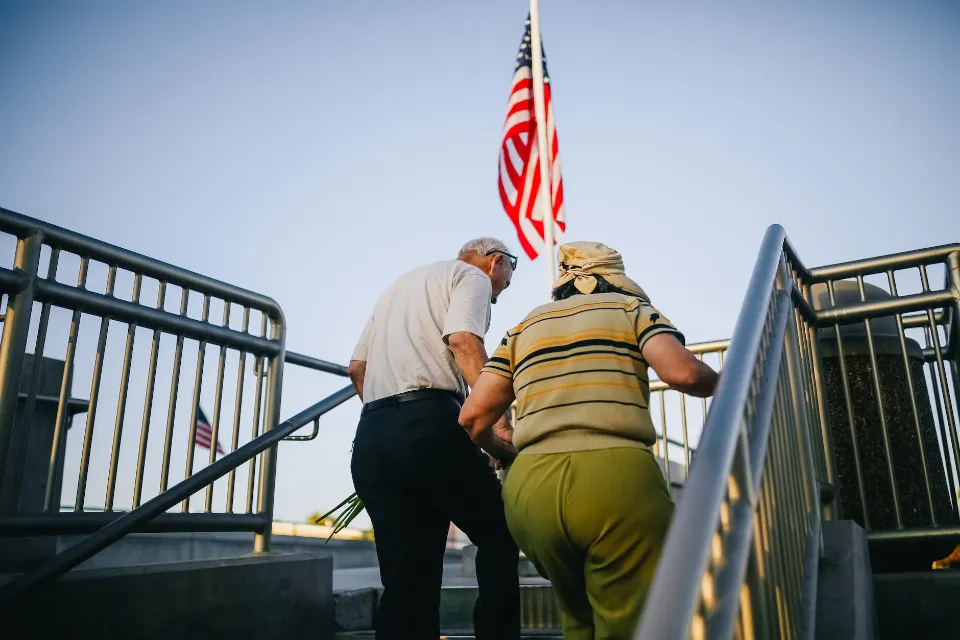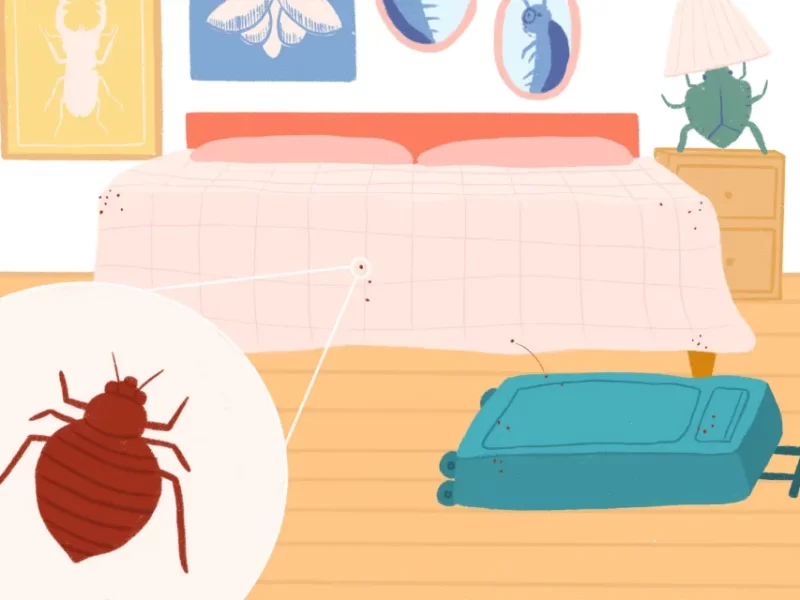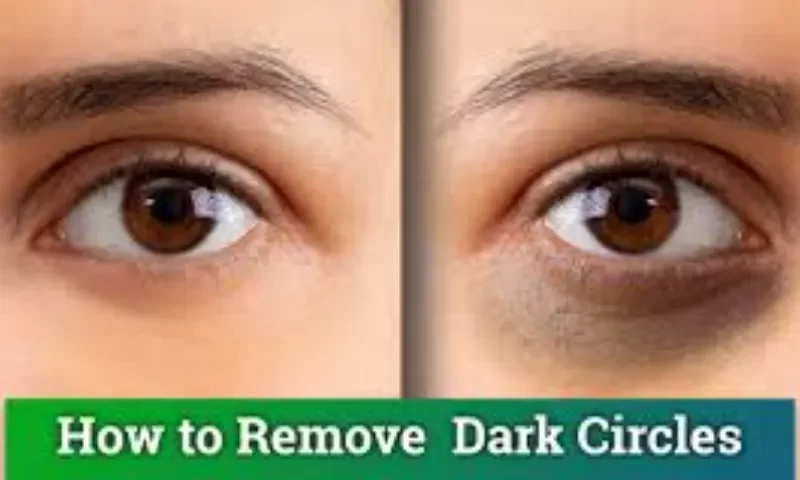As a result of stair-related accidents, statistics show that more than 100,000 older people need medical attention every year. Moving might not be practical for your elderly relative, particularly if they are receiving senior care at home rather than moving into a house or shelter. The stairs and steps near their house can be made safer in a number of ways, lowering the likelihood of an accident.
The good news is that you can lower the risk of injuries on stairs by making a few low-cost design and environmental changes. Here are a few recommendations made by experts for securing your stairs.
Read more: How to Use a Walker on Stairs? (Solved) – Elder VIP
Why the Elderly Are Prone to Falling on Stairs?
A fall can happen to anyone, but older people are more prone to it, especially if they have a chronic health condition.
Injury-causing falls are frequent but frequently disregarded. At least one fall occurs annually for roughly one in three adults over 65 and for half of those over 80.
The majority of falls do not cause serious injuries. However, there is always a chance that a fall could result in broken bones, and it can make the person feel disenfranchised, withdrawn, and without their independence.
Older people have a higher risk of falling due to the natural aging process. Older people are more likely to have a fall because they may have:
- Balance problems and muscle weakness
- Vision loss
- A long-term health condition, such as heart disease, dementia or low blood pressure (hypotension), can lead to dizziness and a brief loss of consciousness
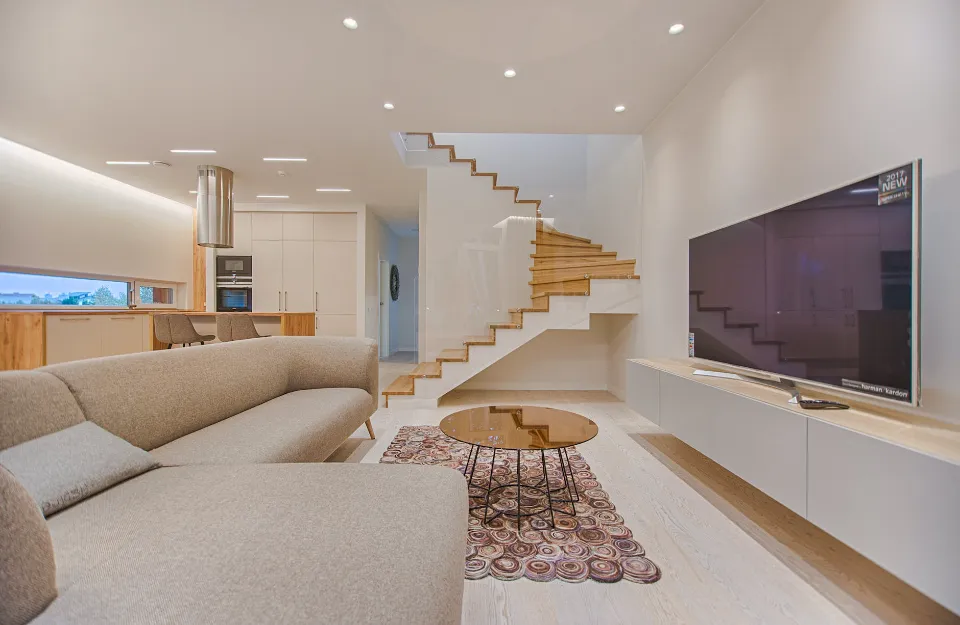
How to Make the Stairs Safer at Home?
Increase Friction
The majority of falls in older adults result from slipping rather than tripping, according to Larson’s team’s investigation into the causes of falls in this population. The surface of your steps must not be slippery, therefore.
If you have smooth steps made of wood or tile, Larson recommends applying something to the surface of each one to add friction and traction. There are many products available, including stair treads made of rubber or abrasive material, anti-slip tape strips, and painted-on floor treatments.
Low-pile carpeting is an additional choice, but it needs to be fitted tightly to prevent tripping; consider professional installation to ensure it is firmly attached, advises Larson. No matter which option you select, Larson advises wearing footwear with a rigid rubber sole whenever you climb stairs. People are more likely to fall when they walk barefoot or in stockings.
Improve Lighting
Make sure that the lighting is adequate because stairwells that are dark or dim can be dangerous, especially for elderly people with failing vision. Have an electrician install light switches at the top and bottom of the stairs so that your loved one will be motivated to turn them on and off as needed.
A desire to save money can cause many older people to attempt to negotiate stairs in darkness, rather than leave a light burning continuously. For them to be able to see clearly where they are stepping, make sure that your relative’s eyesight is regularly examined and that their prescription lenses are kept in top condition.
Install a Stair Lift
According to Larson, installing a motorized lift might be a good idea if you find that climbing the stairs is getting more and more difficult.
The installation procedure can usually be finished in a single day, but the stairway needs to be wide enough for the chair to fit in while still allowing other people to use the stairs. The lift can typically be taken out if you decide to sell the house without doing too much damage to the staircase. Usually, filling a few screw holes on the stairs is all that is necessary.
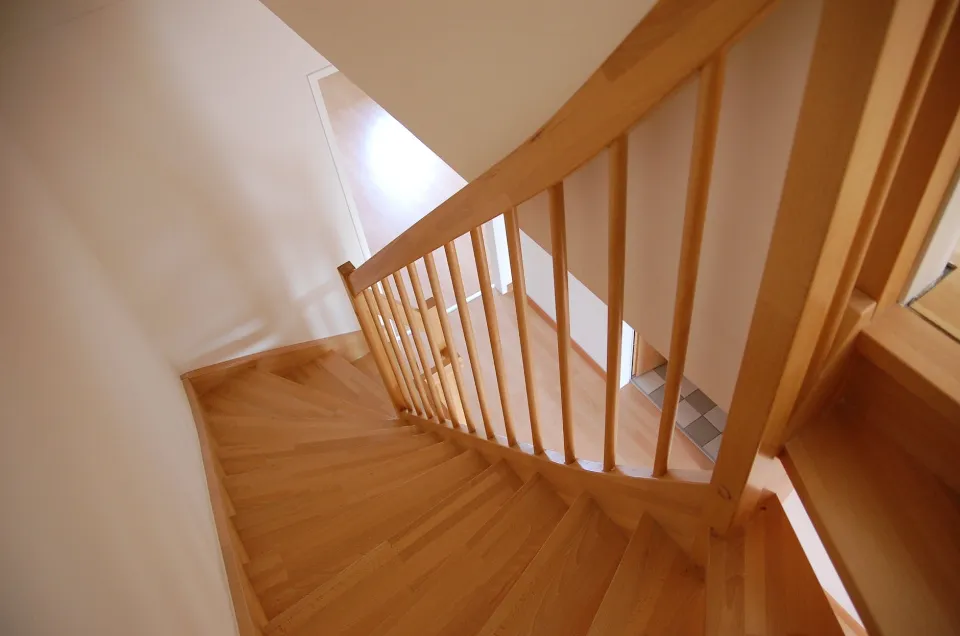
Add Handrail
According to Smith, the handrail is a frequently disregarded safety feature that studies repeatedly show can aid in balance and prevent a fall on stairs.
Smith laments the fact that many home handrails serve more decorative purposes than practical ones. They can be difficult to hold onto if they are large, bulky, rectangular, or have intricate shapes. The safest rails are rounded, and “your hand should be able to completely encircle it when you grasp it.”
For extra safety, consider installing rails on both sides of stairs. This will be useful if you experience balance issues or if you ever feel more at ease using the handrail on one side compared to the other (for example, following knee surgery).
Related: How Do Handrails on Stairs Help Keep You Safe? – Elder VIP
Remove Hazards
Never place rugs near a staircase as they raise the possibility of tripping and falling. Look for any potential hazards on stairs and steps, such as furniture nearby that might cause your loved one to trip or fall. Ideally, the route to a staircase should be clear, well lit and uncluttered.
Eliminate the Bottom-step Illusion
Some older homes have a bottom step that blends in with the landing rather than the rest of the staircase, creating a danger for those who mistakenly believe they are stepping onto a flat landing. This design defect is so common that experts have a name for it: the bottom-of-flight illusion.
The bottom step should be distinguished from the landing by upgrading it to match the other steps or marking it with a rubber tread or anti-slip tape.
Workouts to Improve Strength and Flexibility
To improve your balance and strength, think about working with an outpatient physical therapist. Both of these are crucial to preventing falls. Speak to your elderly loved one’s primary care physician if you have any concerns about them living at home with stairs. A doctor may provide a therapy referral. Exercise can do wonders for building lower body strength and endurance, as well as balance.
Summary
The elderly are more prone to falling on the stairs, which is related to both the staircase’s design and some additional features. Making the stairs in your home a little safer, including but not limited to installing handrails, etc., will help prevent elderly people from falling down the stairs.

